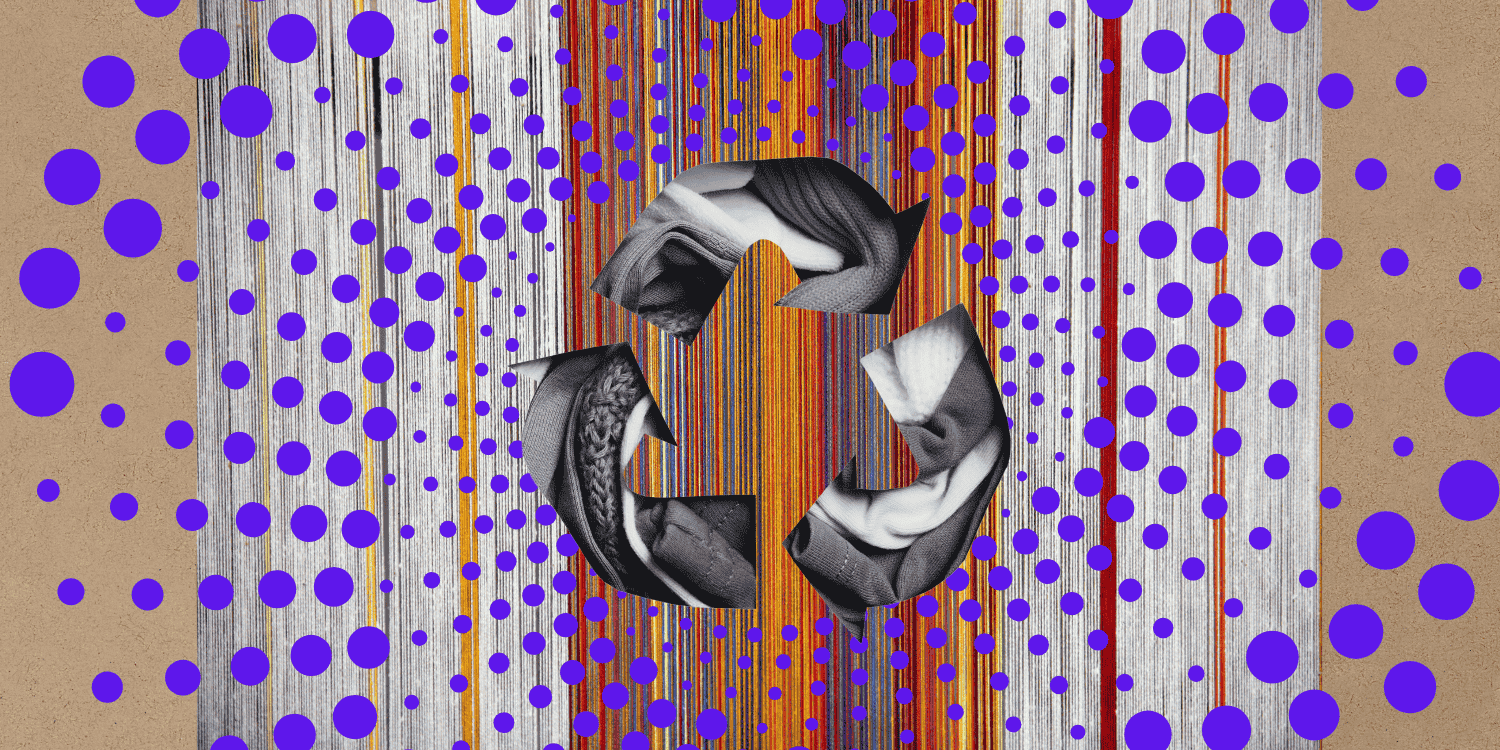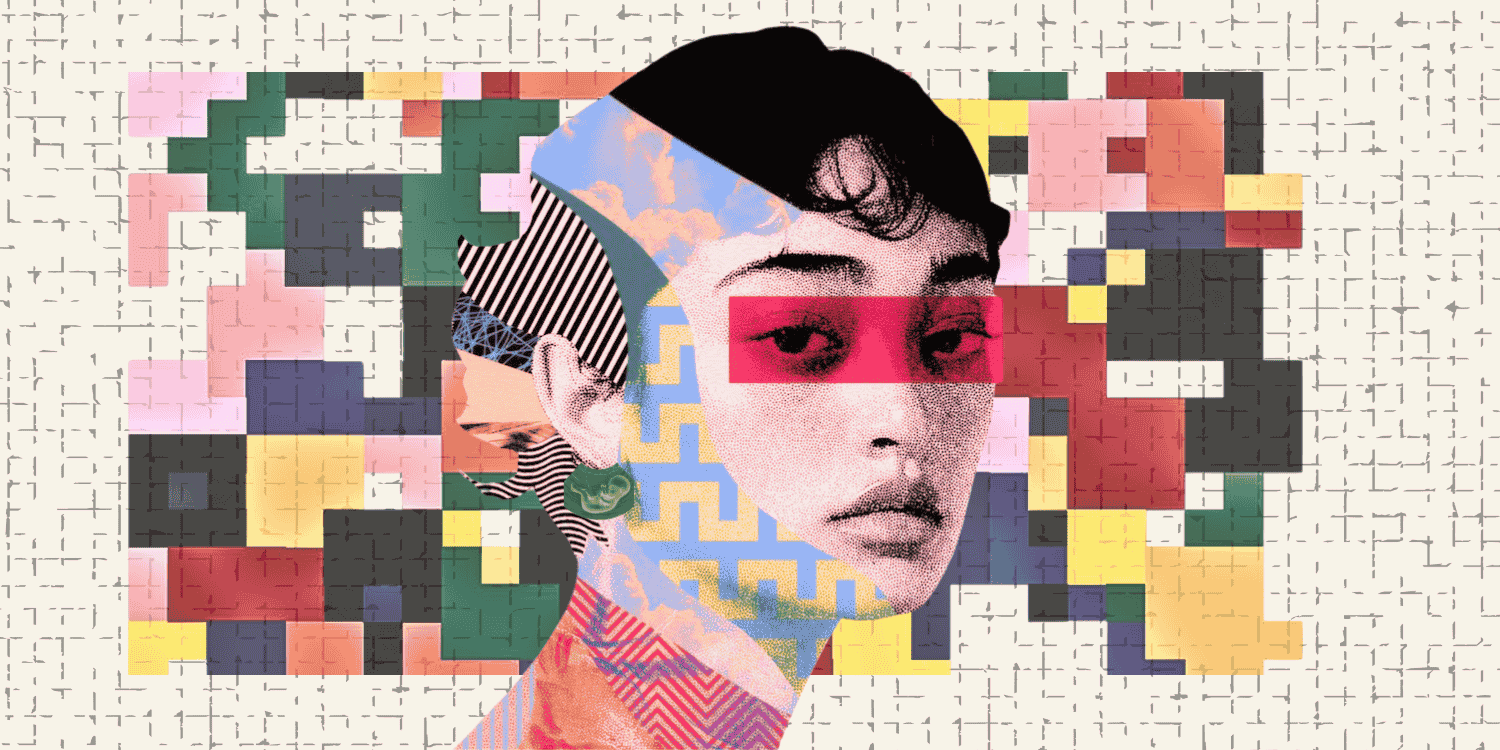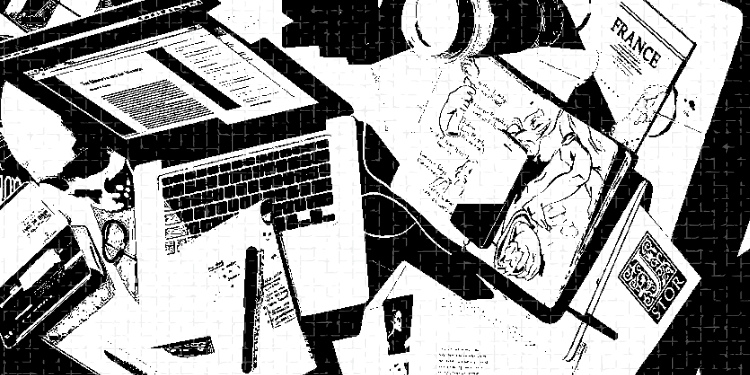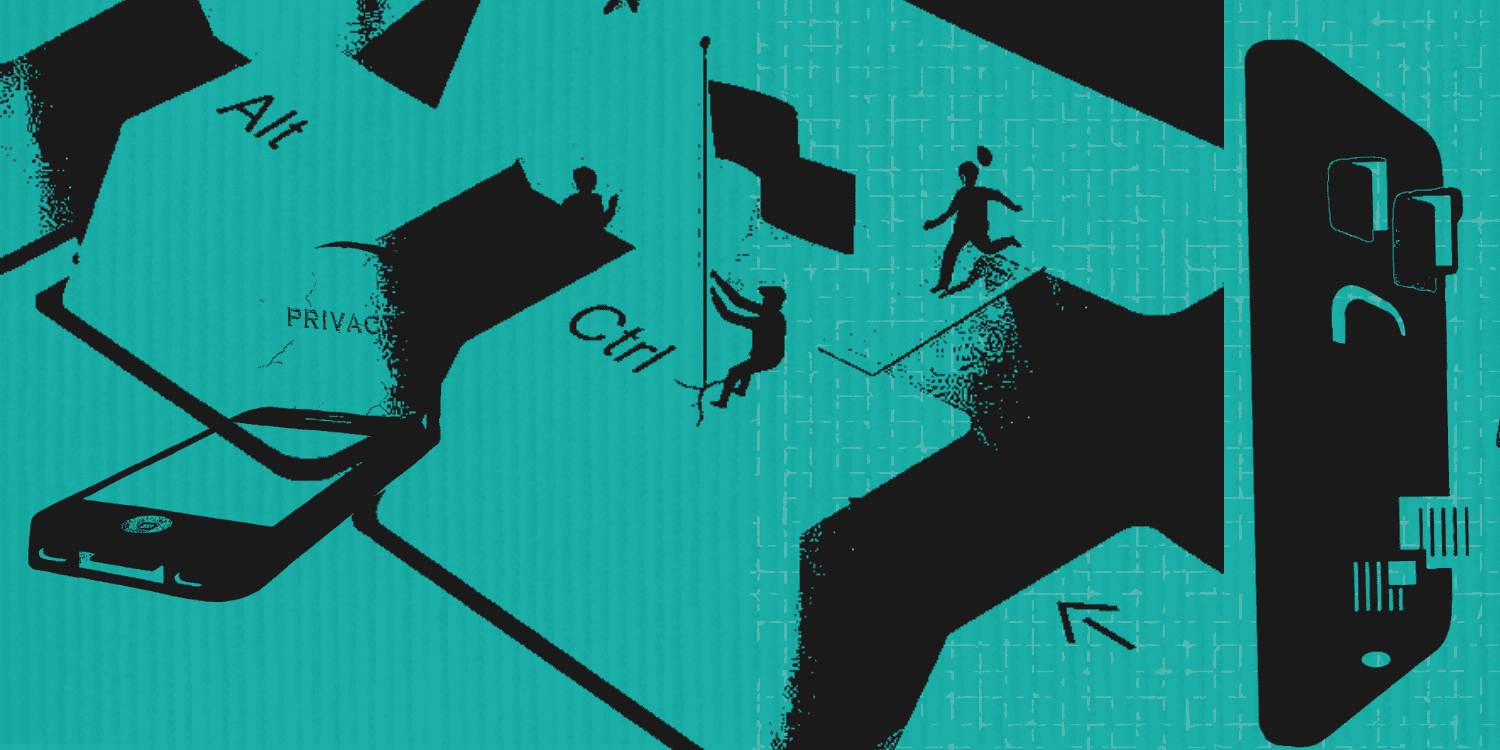A 2022 IMF working paper authored by Surjit Bhalla, Karan Bhasin, and Arvind Vimani has discussed how extreme poverty has been almost entirely eradicated in India (Bhalla et al., 2022). The World Bank (2015) categorises those in ‘extreme poverty’ as those who live on less than US $1.9 purchasing power parity [PPP] per day globally. According to the working paper, this figure has remained less than 1% since pre-pandemic times for India, reaching its lowest in the pre-pandemic year of 2019 with a 0.8%. The findings of this study highlight the effect of direct transfer and social security schemes on poverty alleviation and purchasing power of the poor.
Such consistent extreme poverty would indicate that it has remained low despite the pandemic years of 2020-21. While some criticised the methods of this study (Jacob, 2022), the authors have noted that their research is unique in that it incorporates the effect of in-kind and direct transfers, social security measures, and subsidies in its analysis of poverty. They conclude that the food handouts primarily had a substantial impact on keeping the levels of extreme poverty low. To this effect, the findings of this study highlight the effect of food transfer and social security schemes on poverty alleviation and purchasing power of the poor. It indicates that further achievements in purchasing power at and above the US $1.9 PPP may be approached through state-driven, direct transfer programs or direct state intervention in livelihood provision for the extremely unprivileged.
The primary discussion of food transfers in the IMF working paper arises from the results of the Pradhan Mantri Garib Kalyan Anna Yojana [PMGKAY], announced in March 2020 to ease the pressures caused by the pandemic. According to PMGKAY, each individual of an impoverished household receives an additional free 5 kilograms of grain over the existing 25 kilograms of subsidised food grains under the prevailing National Food Security Act [NFSA]. Over 8000 lakh beneficiaries are covered under this programme, which has been extended till September 2022 (Business Today, 2022). The paper has suggested that food transfers have worked similarly to cash transfers by accounting for a large portion of the household budget being met by the extra foodgrains provided by the scheme.
The allegedly consistent level of extreme poverty below 1% is especially striking when compared to the backdrop of significant increases in the food inflation rate in India, especially with the food price inflation rate reaching a six-month high in December 2021 (Magazine, 2022). Household expenditure on food is likely to increase further in 2022 as a result of global shocks, having already shown a steady increase through 2021 (JC, 2022).
In his recent April 2022 speech, David Malpass, the World Bank President, commented on the rising food prices across the world. He said, “For every one percentage point increase in food prices, 10 million [100 lakh] people are expected to fall into extreme poverty. The rich can suddenly afford expensive staples, but the poor cannot. Malnutrition is expected to grow, and its effects will be the hardest to reverse in children” (The World Bank, 2022). In light of this, the apparent success of the food transfer schemes suggests that the inflationary food pressure on the extreme poor may have been offset by consistent and adequate coverage through food transfers. In line with this, the IMF working paper also noted that the percentage of people in extreme poverty at the USD 1.9 PPP level had increased globally following the pandemic.
Bourguignon (2018) has discussed the benefits of direct transfers to the poor as a method of wealth redistribution. It also results in significant achievements in an individual’s economic development by allowing increases in capacity for work and quality of life as a result of improved nutritional content. This article so far bears a discussion on the merits of intersectional transfer schemes made available to the poor through different mechanisms. Suppose direct transfer schemes display mitigatory effects on poverty. It is possible that other transfer schemes or interventions targeting non-nutritional developmental aspects can also offset deficiencies in purchasing power and monetary shocks. Scholars have discussed how direct intervention by the state can result in a more efficient uptake of social security measures for those in extreme conditions (International Labor Organization, 2020).
A significant example of non-nutritional development through state interventions is the Mahatma Gandhi National Rural Employment Guarantee [MGNREGA]. With MGNREGA, the state becomes an employer of those in extreme need. Such a scheme is complementary to other state transfer schemes. In that, it guarantees income while allowing for livelihood opportunities. In 2020, the government acknowledged the ability of MNREGA to revive the rural economy and workforce. This cognisance was reflected in the increased budget allocation after the presentation of the initial budget in February 2020. The pandemic was cited as the reason for the hike (Bose & De Roy, 2020). In sharp contrast to the same, the budget allocated for MNREGA was slashed by 25% in February 2022 and was met with strong opposition by states and agricultural activists (Nair & Jebaraj, 2022).
Concerns have been raised regarding the viability of covering 100 days of work alongside MNREGA’s ability to keep up with the increasing wage rates in 2022 (Nair & Jebaraj 2022). This contrasts with the Indian government’s commitment to direct transfer schemes and state intervention. The aspiration to boost the purchasing capacity of the poor is clashing with the erratic rationing of MNREGA funds in achieving the scheme’s true potential (Nandy & Gupta, 2022). To this effect, the scope of further expansion of MNREGA towards the targeted improvement of the purchasing power of the poor is needed (Bose & De Roy, 2020). Combined with the easing effect of transfer schemes, it will ensure the purchasing power of the extreme poor remains strong in a year that expects high inflation trends in clothing and food.
It is of note then that the efficacy of direct transfer schemes in poverty alleviation must be both intersectional and efficient in its delivery. The relative developmental benefit of food transfer schemes is likely to result in an increased demand for work. Its downward pressure on poverty levels may well be complemented further by the availability and uptake of jobs.
Footnotes
1. Amounting to 78.08 Indian Rupees, as of June 2022.
2. Working papers published by the IMF are not opinions or recommendations made by the IMF, but are instead published at this stage in order to receive comments and drive discussion. Thus, there remains a need to revisit this discussion upon the completion of the paper and any official interaction from the IMF regarding the same.





